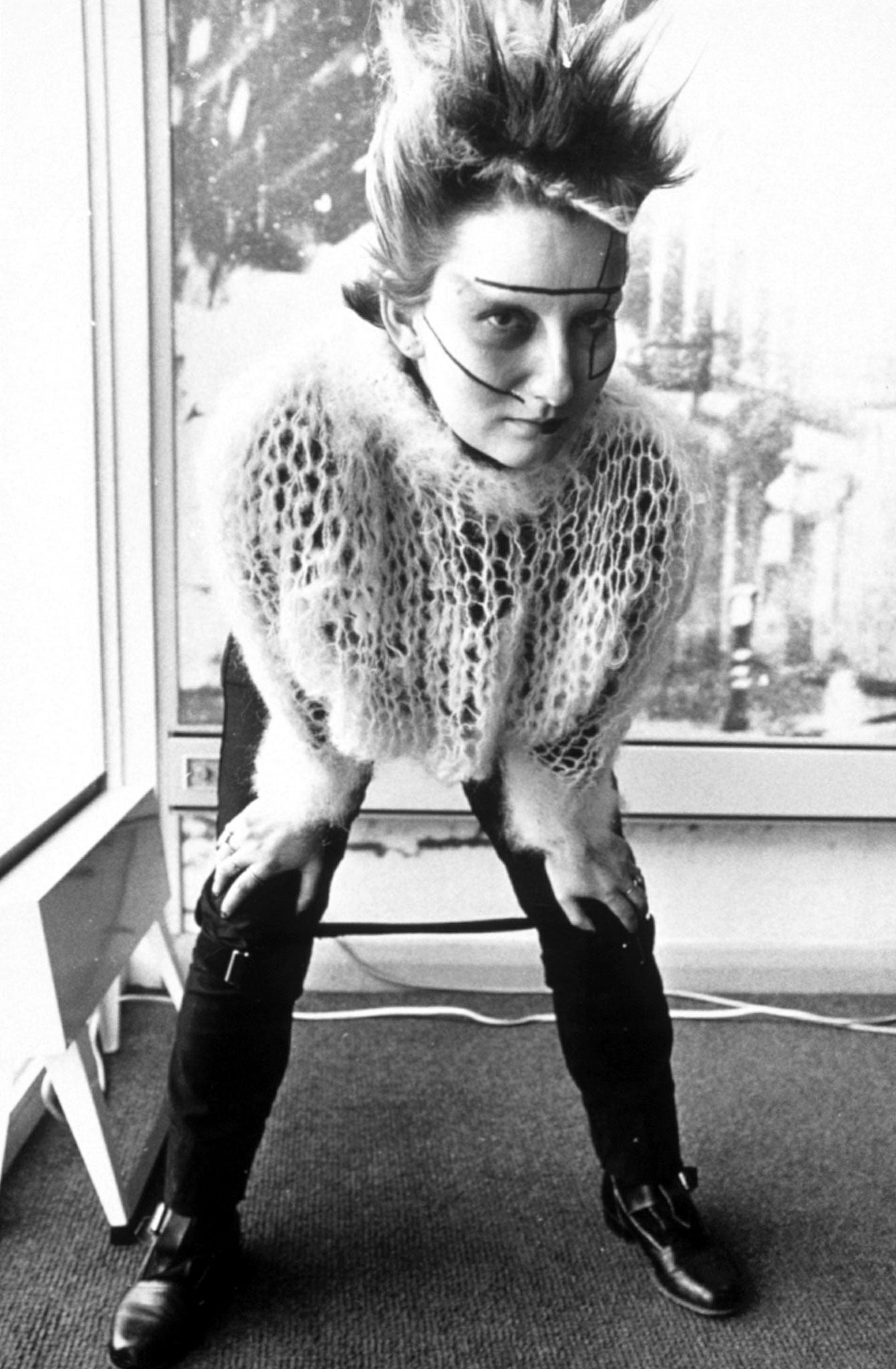Fury's fashion people: The sartorial genius of Jordan (no, not that one)

Your support helps us to tell the story
From reproductive rights to climate change to Big Tech, The Independent is on the ground when the story is developing. Whether it's investigating the financials of Elon Musk's pro-Trump PAC or producing our latest documentary, 'The A Word', which shines a light on the American women fighting for reproductive rights, we know how important it is to parse out the facts from the messaging.
At such a critical moment in US history, we need reporters on the ground. Your donation allows us to keep sending journalists to speak to both sides of the story.
The Independent is trusted by Americans across the entire political spectrum. And unlike many other quality news outlets, we choose not to lock Americans out of our reporting and analysis with paywalls. We believe quality journalism should be available to everyone, paid for by those who can afford it.
Your support makes all the difference.The name Jordan conjures up one image, for most: the artist now known as Katie Price. An artificial re-engineering of our contemporary ideal of woman. For me, it conjures up another Jordan, whose artifice again helped reshape views of femininity, albeit in a very different way.
That Jordan was born Pamela Rooke in 1955. But it was her reinvention under the singular moniker of Jordan, beginning at age 14, that sealed her place in fashion history. With tonsured hair and a face spliced up like a Picasso painting with eyeshadow and kohl, she became the female embodiment of punk. Her attention-grabbing attire was legendary: when she first walked into Malcolm McLaren and Vivienne Westwood's boutique SEX in 1974, she was wearing gold stilettos, a net circle skirt and a bullet bra, with nothing on top. When she wasn't employed on the spot, she reasoned, oddly, that Harrods – where she managed to secure a job – was the place to hone the art of salesmanship.
Jordan commuted to London every day from Seaford, East Sussex. She was brazen, fearless. She wore whatever she wanted. "Her obsession is fashion," stated the New Musical Express in April 1977. They were poking fun, trying to deflate Jordan's obsession with frock over rock. Nevertheless, despite a stint managing Adam and the Ants and a role as Amyl Nitrite in Derek Jarman's 1978 film Jubilee, her impact is restricted to the sphere of appearance. Jordan is punk's figurehead. Today, she breeds Burmese cats in a small village on the coast. Which means that the impression of Jordan we're left with is her Mondrian-marked countenance of the mid-Seventies.
That image arrests even today. When Chaos to Couture launched at New York's Met Museum during the summer – a celebration of punk's fashion legacy – Jordan was centre-stage. A slow-motion video of her was part of an exhibit dubbed 'Clothes For Heroes', an epithet taken from the labels sewn inside clothes from Seditionaries. Heroic is the word for Jordan, who risked harassment in pursuit of her aesthetic. "They once tried to arrest me for being indecently dressed in public," she told the NME, recalling that her outfit at the time consisted of "stilettos, stockings with huge holes, see-through knickers and see-through bra".
As the primary female manifestation of the punk movement, it isn't difficult to see Jordan's impact on the fashion world. That Met exhibition was full of it: Jordan's holey mohair versus Rodarte's 21st-century interpretation, her punk coiffure next to Guido Palau's interpretation for Dior. Guess who did it better? In the end, the compare-and-contrast proved that it's all about how you wear it. And no one wore punk's trademark sartorial spit-in-your-face better than Jordan.
Alexander Fury is Fashion Editor of The Independent
Join our commenting forum
Join thought-provoking conversations, follow other Independent readers and see their replies
Comments